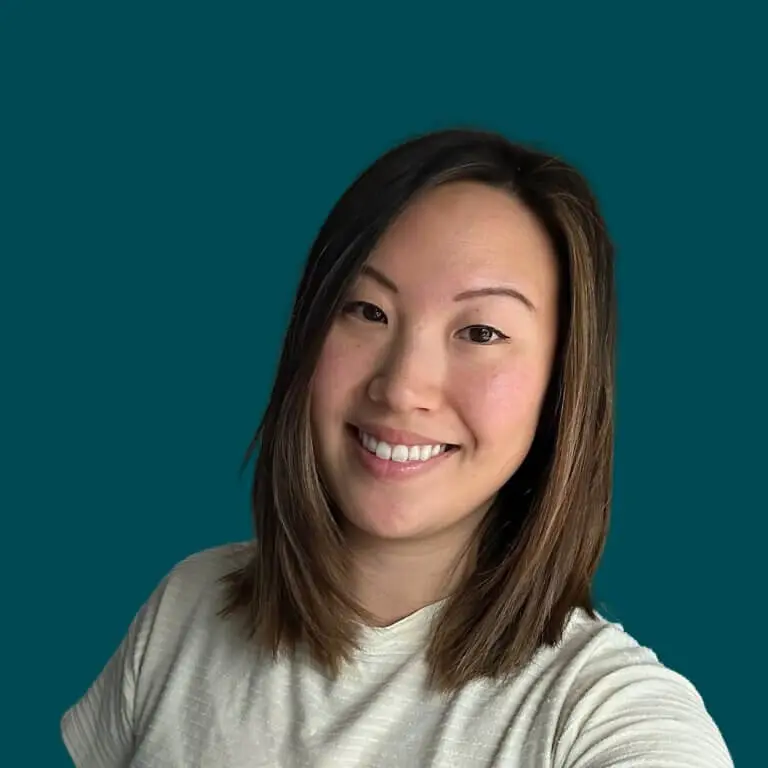Appointment delays and wait times: A patient and doctor report
Learn the factors behind long waits for medical care and strategies to improve the appointment process.

Key Takeaways
- 17% of patients had to wait 1-3 months between scheduling and attending their last doctor’s appointment.
- 33% of patients have been unable to see a doctor in the past year due to availability issues.
- 54% of patients have had their appointments pushed back by their practitioner.
- Over 70% of patients visiting doctors with a Google rating of 4 stars or higher have experienced availability issues, while only 28% of patients seeing doctors rated 3.9 stars or below report similar problems.
- 10% of patients have sought a new healthcare provider for increased transparency in fees.
- 65% of healthcare practitioners report that their facilities experience delays in seeing patients.
- 30% of healthcare practitioners report outdated tech systems as a major hurdle for patient scheduling.
- 61% of providers believe that integrating AI will be a positive shift in patient scheduling.
Have you ever waited weeks, or even months, for a doctor's appointment? You're not alone. In an era where instant gratification is the norm, the healthcare industry seems to be lagging behind, leaving patients frustrated and providers overwhelmed. Tebra recently took a close look into the world of medical appointment scheduling, exploring the challenges faced by patients and healthcare providers in the United States.
This article covers our recent comprehensive study in which we surveyed 800 American patients and 200 healthcare professionals. It reveals how long patients wait for appointments and their scheduling hurdles, as well as those of their healthcare practitioners. From analyzing the impact of COVID-19 on appointment delays to uncovering the busiest times for medical practices, we offer a holistic view of the current state of healthcare scheduling. We hope to identify potential solutions and offer actionable insights for both patients and providers.
Appointment availability and scheduling delays
Access to timely medical care can be a significant challenge for many patients across the US. This section explores the barriers patients face when scheduling appointments and the varying wait times across different medical specialties.

One-third of patients have been unable to see a doctor in the past year due to issues with availability. For those who managed to secure appointments, the wait times were often substantial. Nearly 1 in 5 patients (17%) had to wait 1-3 months from scheduling to attending their last doctor's appointment.
Certain medical specialties exhibited particularly long wait times. In the Top 2 was neurology, which could be due to a recent neurologist shortage. These are the percentages of patients reporting wait times of 1-3 months for appointments by specialty:
- Neurology (26%)
- ENT (26%)
- Psychiatry (20%)
- Primary care (19%)
- Obstetrics/Gynecology (17%)
We also saw a correlation between age and appointment wait times. Baby Boomers experienced the longest delays, with 24% waiting 1-3 months for their most recent appointment. In contrast, only 11% of Gen Zers reported similar wait times. As technology becomes increasingly integral to patient management, it's important to make sure these tech tools are easy for everyone to access and use — not just for digital natives (including Gen Z).
The impact of the COVID-19 pandemic on healthcare scheduling was also evident: 43% of patients reported experiencing longer wait times for appointments in the post-COVID era.
In-clinic waits and appointment changes
Beyond the time patients spend waiting to get appointments, we also examined their experiences once at the clinic and the frequency of schedule changes.

Upon arriving at the clinic, patients have typically spent about 20 minutes in the waiting room to see their practitioner. Sundays generally had the shortest wait times, averaging 15 minutes. The afternoon (12-4 p.m.) was the peak time when patients experienced the longest wait times at their clinic.
Being forced to reschedule and wait even longer for an appointment can be extremely frustrating, too. Unfortunately, more than half of patients (54%) have had their provider reschedule with them. The extent of these schedule changes varied:
- 29% had their appointment pushed back a couple of days.
- 25% had their appointment pushed back by 1 week.
- 19% had their appointment pushed back by 2 weeks.
- 7% had their appointment pushed back by 1 month.
Offering genuine apologies, reasonable excuses, rescheduling options, and showing appreciation can mitigate the impact of appointment cancellations on patients.
We also saw a correlation between a doctor's online rating and availability issues. Over 70% of patients who visited doctors with a Google rating of 4 stars or higher had experienced availability issues. In contrast, only 28% of patients seeing doctors rated 3.9 stars or below reported similar problems. Doctors with higher ratings may be more popular and have busier schedules.
Healthcare costs have changed as well. Since the beginning of the COVID-19 pandemic, 11% of patients reported that their healthcare provider had introduced new fees, such as COVID-19 surcharges. Another 30% of patients had experienced an increase in their co-pay since the pandemic began.
Cost increases like these have led 13% of patients to cancel appointments. Despite higher fees, over 90% of patients felt service quality had not improved. In response to higher healthcare costs, 10% of patients have sought a new healthcare provider for increased transparency in fees.
The healthcare provider's perspective
Let's look at the other side of the counter for healthcare practitioners' views on appointment delays and scheduling issues. This section reveals some insights into the causes of these problems and potential solutions.

Nearly two-thirds of healthcare practitioners (65%) reported that their facilities experienced delays in seeing patients. When asked about the primary reasons for these delays, providers most often cited the following factors:
- Inadequate staffing (48%)
- Previous appointments running long (47%)
- Late patient arrivals (47%)
- Administrative procedures (29%)
- Overbooking (28%)
Technological challenges also played a role, with 30% of healthcare practitioners reporting outdated healthcare tech systems as a major hurdle for patient scheduling. However, many providers saw potential in new technologies, with 61% believing that integrating AI would be a positive shift in patient scheduling.
We also identified the busiest times of day for healthcare providers. Monday was the busiest day of the week, while the afternoon (12-4 p.m.) was typically the busiest time of day. This aligns with the periods when patients reported experiencing the longest wait times.
Providers offered several actionable tips for patients to improve their wait times:
- Arrive early for appointments (60%)
- Confirm appointments in advance (57%)
- Understand your insurance coverage and benefits (55%)
- Use patient portals to access medical records (55%)
- Keep a record of medical history and current medications (52%)
Improving healthcare scheduling and wait times
Our study has revealed widespread healthcare scheduling issues, from lengthy patient wait times and availability problems to technological barriers and staffing shortages. Many patients have faced difficulties in getting timely appointments, with some specialties like neurology and ENT experiencing particularly long waits.
Despite these hurdles, there's potential for improvement. Many healthcare providers recognize the need for change, with a majority seeing promise in integrating AI to improve patient scheduling. Their actionable tips, such as early arrival and appointment confirmation, offer valuable guidance for patients. Addressing these challenges will require a concerted effort from all stakeholders to create a more efficient, accessible, and satisfying healthcare experience for everyone involved.
Methodology
Tebra surveyed 800 American patients and 200 healthcare professionals to explore their experience with patient wait times. The average of patients was 41. Among them, 60% were women, 38% were male, and 2% were non-binary. Generationally, 7% were Baby Boomers, 22% were Gen X, 52% were Millennials, and 19% were Gen Z. The average age of healthcare professionals was 40. Among them, 69% were women, 30% were male, and 1% were non-binary.
About Tebra
In 2021, with a combined mission to unlock better healthcare, Kareo and PatientPop joined forces to form Tebra — a complete practice automation solution for independent healthcare providers. With an all-in-one, purpose-built platform to drive practice success and modernize every step of the patient journey, Tebra provides digital tools and support to attract new patients, deliver modern care, get paid quickly, and operate efficiently. To learn more about how Tebra is committed to improving patients' and providers' success and well-being, visit www.tebra.com.
Fair use statement
We encourage noncommercial use of this content. When sharing, kindly link back here to the source.
Stay Ahead with Expert Healthcare & Billing Insights
Get the latest industry updates, financial tips, and expert strategies — delivered straight to your inbox.

Suggested for you
Stay Ahead with Expert Healthcare & Billing Insights
Get the latest industry updates, financial tips, and expert strategies — delivered straight to your inbox.









